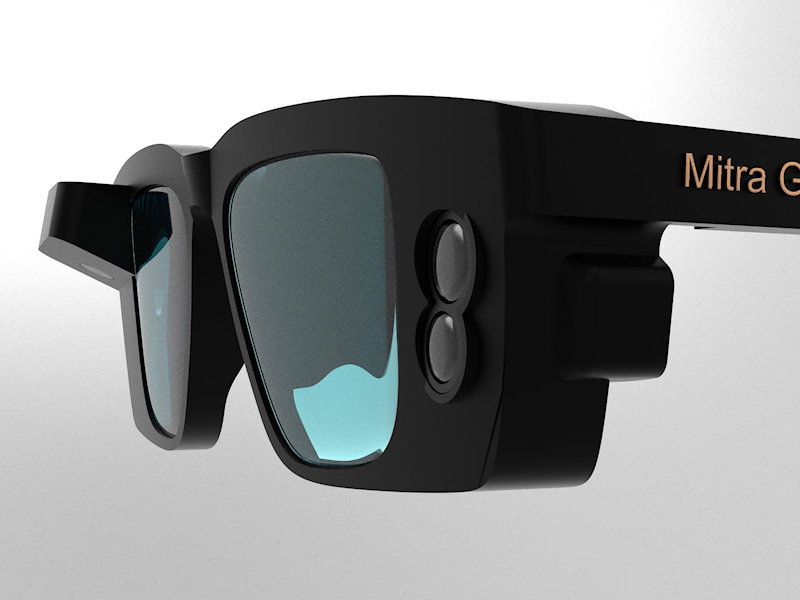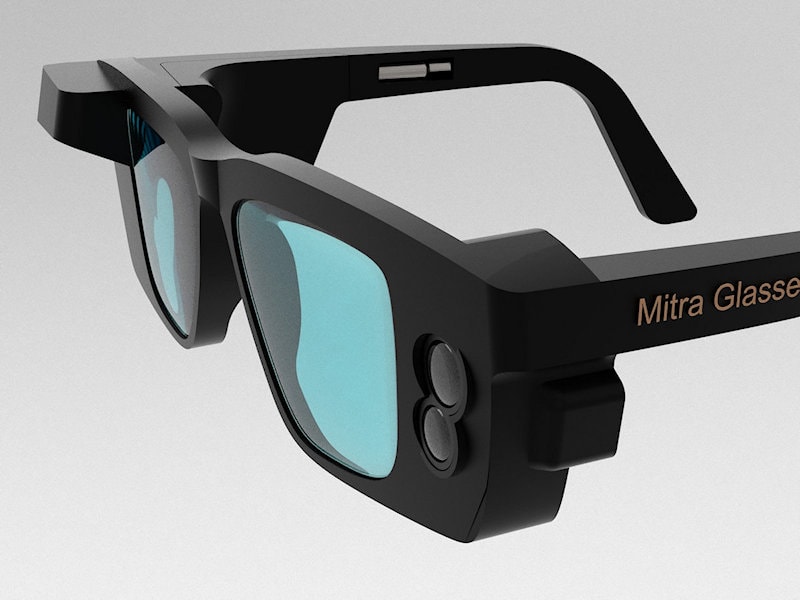Enhancing Accessibility Through Assistive Modern Technology for the Blind
The assimilation of assistive innovation for the blind stands for a crucial innovation in access, basically modifying exactly how individuals browse their settings and involve with society. From display visitors to innovative clever walking sticks, these tools not just improve self-reliance but likewise promote inclusivity in numerous balls of life. As we check out the diverse kinds of assistive gadgets and their tangible influence on everyday living, it ends up being necessary to analyze exactly how recurring technological improvements are reshaping the landscape of support for the blind neighborhood. What ramifications do these advancements hold for the future of accessibility?
Summary of Assistive Technology
Assistive innovation describes a range of gadgets and software created to boost the capabilities of individuals with handicaps, including those that are visually impaired or blind. This innovation plays an essential function in advertising self-reliance and boosting the lifestyle for customers. By giving different approaches for accessing details and doing everyday jobs, assistive technology equips people to navigate their atmospheres more effectively.
The growth and execution of assistive technology embrace a variety of principles targeted at promoting availability. These concepts include user-centered design, which prioritizes the demands and preferences of the individual, and the integration of technology into daily activities. Such improvements guarantee that assistive tools are not only practical but very easy and additionally intuitive to make use of.
Furthermore, assistive technology incorporates a varied range of services, from low-tech options like magnifiers to high-tech technologies such as display visitors and Braille screens. The ongoing evolution of this field is driven by the requirement to address the one-of-a-kind challenges dealt with by individuals with visual disabilities (Wearable technology for low vision). As innovation proceeds to development, the capacity for boosting availability and promoting inclusivity continues to be promising, eventually adding to an extra equitable society

Sorts Of Assistive Instruments
Many kinds of assistive devices are offered to support people that are blind or visually damaged, each developed to attend to certain needs and difficulties. These gadgets can be extensively classified into three main kinds: low-tech, mid-tech, and state-of-the-art solutions.
Low-tech gadgets include products such as magnifiers, Braille tags, and responsive maps. These are fairly basic devices that improve the customer's capability to communicate with their setting without calling for complicated innovation.
Mid-tech devices often entail much more innovative features, such as digital magnifiers and portable Braille note-takers. These devices can provide capabilities like speech outcome, permitting users to gain access to info more efficiently.

Influence on Daily Living
The accessibility of numerous assistive tools significantly enhances the top quality of life for individuals who are visually impaired or blind, impacting their day-to-day living in profound ways. By integrating modern technologies such as display viewers, Braille displays, and audio summary solutions into their regimens, individuals acquire higher freedom and independence. These devices help with access to info, allowing individuals to execute daily jobs, such as reading e-mails, navigating public rooms, and appreciating media content.
Additionally, assistive devices encourage individuals to engage more completely in social interactions and community activities. The capability to use mobile phones geared up with access features permits smooth interaction and connection with others. This connection promotes a feeling of belonging and lowers feelings of isolation.
In expert setups, assistive modern technology supports productivity by enabling people to complete work tasks efficiently. Tools like voice recognition software find an optician program and specialized magnification tools make it possible for users to join the labor force on equivalent footing with their sighted peers.

Improvements in Technology
Current technical innovations have dramatically transformed navigate to this site the landscape of tools available for people that are blind or visually damaged. The integration of expert system (AI) and artificial intelligence has actually generated applications that improve navigation and item acknowledgment. Mobile phone applications can now make use of AI to identify and describe surroundings in real-time, supplying customers with important contextual information.
Furthermore, improvements in haptic technology have actually led to the advancement of wise walking canes furnished with sensors that identify obstacles and offer tactile responses. This encourages users to browse their setting with raised self-confidence and independence. Developments in text-to-speech software application and braille display screens have actually improved the access of electronic web content, allowing for seamless interaction with different media.
Wearable innovations, such as clever glasses, are also making strides in aiding visual disability. As modern technology continues to evolve, the possibility for even more transformative devices stays on the perspective.
Future Trends and Innovations
As technology swiftly progresses, the future of assistive devices for people that are blind holds immense guarantee. Technologies in expert system (AI) and equipment discovering are poised to transform the means blind users connect with their settings. For example, AI-driven applications are being established to enhance item acknowledgment, enabling customers to recognize and navigate their environments with better convenience and precision.
Moreover, innovations in Web Site haptic comments innovation are making it possible for the development of responsive maps and navigation help that offer real-time details via touch. These innovations not only improve movement however also foster freedom. Furthermore, wearable gadgets outfitted with augmented fact (AR) attributes are arising, offering users aesthetic information via sound descriptions, thus connecting the space in between the physical and electronic worlds.
In addition, the assimilation of wise home technology offers brand-new chances for ease of access, permitting people to manage their living settings via voice commands or smart device applications. As collaboration in between technology designers and the blind area continues, the concentrate on user-centered design will certainly ensure that future developments are tailored to satisfy the distinct requirements of this populace (Wearable technology for low vision). The trajectory of assistive modern technology assures a more empowering and comprehensive future for people that are blind
Conclusion
In verdict, assistive technology plays a crucial function in enhancing availability for people with visual disabilities. Constant innovations in modern technology and user-centered style make sure that these tools cater effectively to the special requirements of the blind area.
The integration of assistive innovation for the blind stands for a pivotal innovation in access, basically altering just how people browse their settings and involve with society.Assistive technology refers to a variety of devices and software program created to improve the capabilities of individuals with impairments, consisting of those that are blind or aesthetically impaired. Wearable technology for low vision.As innovation rapidly proceeds, the future of assistive devices for people who are blind holds enormous assurance. The trajectory of assistive modern technology promises an extra empowering and comprehensive future for individuals that are blind
In final thought, assistive technology plays a crucial duty in improving ease of access for people with aesthetic disabilities.